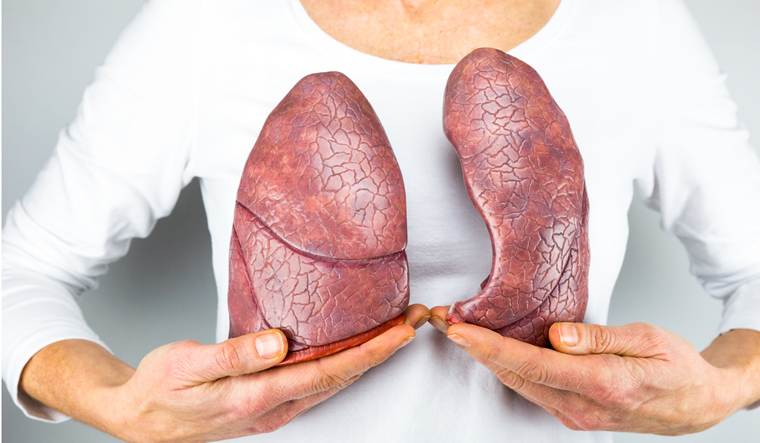Severely damaged lungs can be regenerated to meet transplantation criteria, an advance that may lead to increase in the number of organs for transplant, scientists say.
Lung transplantation, the only lifesaving therapy for an increasing population of patients with end-stage lung disease, is severely limited by the number of available donor organs.
Currently, up to 80 per cent of donor lungs are rejected for serious but potentially reversible injuries, according to the study published in Nature Communications.
Since the beginning of transplantation in the 1960s, clinicians and scientists have been trying to address the critical shortage of donor organs.
Now, researchers from Columbia University and Vanderbilt University in the US has—for the first time—demonstrated in a clinically relevant model that severely damaged lungs can be regenerated to meet transplantation criteria.
They found that their cross-circulation platform maintained the viability and function of the donor lung and the stability of the recipient for 36 to 56 hours.
"To support lung recovery and to demonstrate cellular regeneration, we had to pursue a radically different approach and develop more minimally invasive diagnostics," said Brandon Guenthart, lead author of the study.
Current methodologies of lung support are limited to only six to eight hours, a time that is too short for therapeutic interventions that could regenerate the injured lung and improve its function.
The researchers also developed new diagnostic tools for the non-invasive evaluation of the regenerating lung.
They expect their advance will lead to an increase in the number of lungs for transplant, through the recovery of severely damaged lungs that are currently unsuitable for clinical use.
A previous study from the team demonstrated a cross-circulation platform that maintained the viability and function of a donor lung for 36 hours.
The researchers were able to use their advanced support system to fully recover the functionality of lungs injured by ischemia (restricted blood supply) and make them suitable for transplant.
The team decided to test the effectiveness of their platform technology combined with conventional therapies and new diagnostics on lungs afflicted by the most frequent injury leading to donor lung rejection—gastric aspiration.
This injury is caused by the entry of gastric material into the respiratory tract, resulting in severe injury to the pulmonary epithelium and thus making the lung unacceptable for transplantation.
Currently, severely damaged donor lungs cannot be salvaged using existing devices or methods.
This new study suggests that lungs injured by gastric aspiration can be maintained outside the body for several days, are amenable to repeated therapeutic interventions, and display evidence of cellular regeneration and improved function.
Lungs regenerated on this platform met all criteria for transplantation, researchers said.



